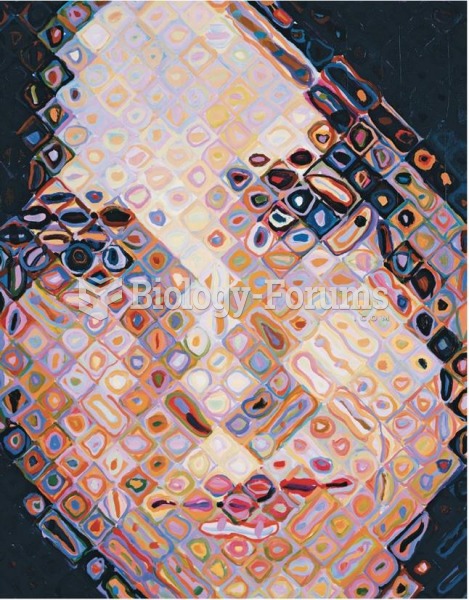Answer to Question 1
ANSWER:
Interposition is a depth cue in which closer objects block one's view of things farther away.
Gradient of texture is a graduated change in the texture of a visual field; as texture changes across the retinal image, people perceive changes in distance. Finer-textured things are perceived as more distant, and grainier-textured things are perceived as closer.
Linear perspective is a depth cue that occurs when parallel lines appear to converge toward a single point; the closer together two converging lines are, the greater the perceived distance.
Relative size is a depth cue in which objects producing larger images on the retina are perceived as closer than those producing smaller ones. Reduced clarity is interpreted as a cue for greater distance, since objects that are farther away appear hazier.
Movement gradient is the graduated difference in the apparent movement of objects. Faster relative movement across the visual field indicates closer distance.
Answer to Question 2
ANSWER:
A synthesis of two theories explains how people sense color. The trichromatic theory of color vision, or the Young-Helmholtz theory, states that there are three types of visual receptors, each of which is most sensitive to a different wavelength of light. The combination of the information from these three receptors produces the sensation of color. The second theory is called the opponent-process theory of color vision and was developed by Hering. This theory states that the visual elements sensitive to color are grouped into three pairs and that the members of each pair oppose, or inhibit, each other. The three pairs are a red-green element, a blue-yellow element, and a black-white element. When one part of an opponent pair is no longer stimulated, the other is automatically activated. Both theories of color vision are correct to some extent, and the current approach is a synthesis of these two theories. Color vision is possible because three types of cones have different sensitivities to different wavelengths of light, just as the trichromatic theory proposes. The sensation of different colors results from stimulating the three types of cones in different ratios. The output from cones is fed into ganglion cells. The center and surround of the ganglion cells respond to different opponent colors and inhibit each other.







